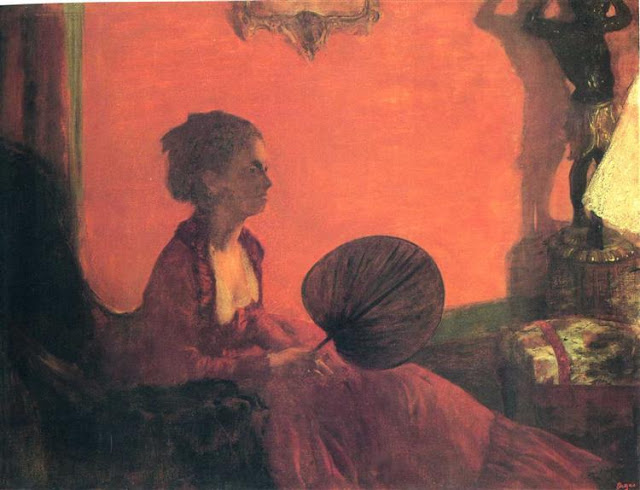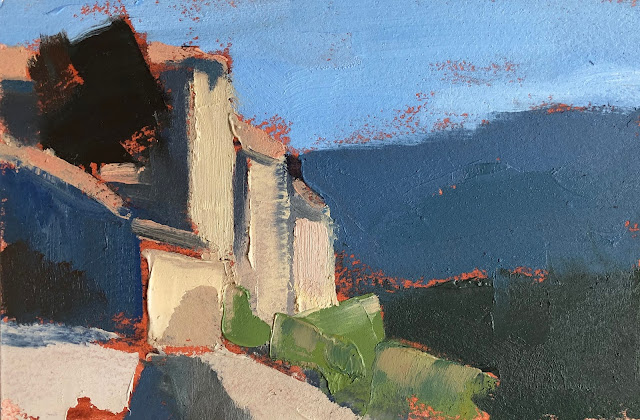One of my Christmas gifts was the recent book The Woman who Stole Vermeer. You may know how much I enjoy stories of art heists! This book tells the story of the woman who orchestrated the theft of Vermeer's "Lady Writing a Letter with her Maid"--incidentally, one of my favorite Vermeer paintings.
The mastermind behind the theft was Rose Dugdale. Rose was raised in high-society Britain, in a wealthy and respected family. As a young woman, she developed a strong revolutionary bent, renounced her family, and became a left wing Irish Republican Army militant. Unafraid of using violence, Rose participated in demonstrations and bombings.
Eventually, Rose organized and directed the Vermeer theft. Armed with pistols, Rose and three accomplices entered Russborough House (a private mansion near Dublin, Ireland) on April 27, 1974, and bound and gagged its owners and their staff. Rose then perused the owners' art collection and took the best pieces, nineteen in all, worth about $100 Million in today's money. What was the motive? Pure and simple, Rose wanted the paintings as bargaining tools to aid IRA prisoners. After the theft, she sent a ransom letter demanding the release of two infamous IRA prisoners (the Price sisters) in exchange for the return of the Vermeer and two other stolen paintings.
Fortunately for the art world, the Vermeer and other paintings were recovered just eight days after the theft. Police conducted door-to-door canvassing in the neighborhood, and one neighbor's tip led them to Rose. The Vermeer was found in the trunk of her car, virtually undamaged. It can now be seen in the National Gallery of Ireland. Rose was tried for its theft, pled guilty, and was sentenced to nine years in prison. Upon her release, she went back to work for the IRA.
The author of the recent book is Anthony Amore. He is the Director of Security at the Isabella Stewart Gardner Museum in Boston--which had its own Vermeer stolen in 1990. No wonder Amore has become such an expert on Rose Dugdale. You can't help but wonder if he suspects that she or her compatriots could have been behind the Boston theft as well. That painting has never been recovered, so the mystery remains unsolved--perhaps the subject of a future post!


















































